Here are some different ways colors can be combined to create a unified look. In addition to the color theories, what effect do saturation, hue, tint and shade have on the artworks?
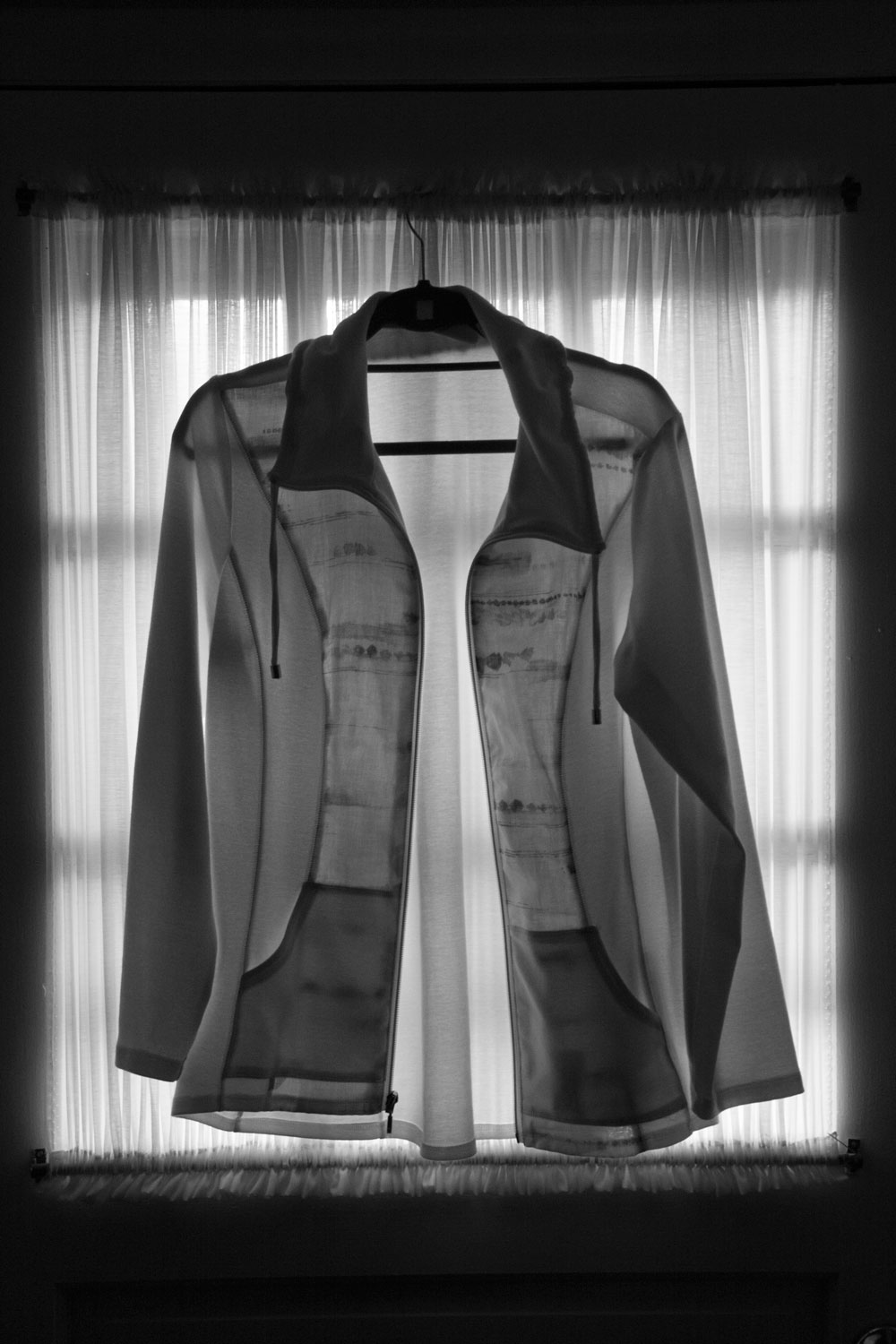

"Blouse," Deane Nettles
An achromatic color scheme is one that is colorless, using only blacks, whites and grays.
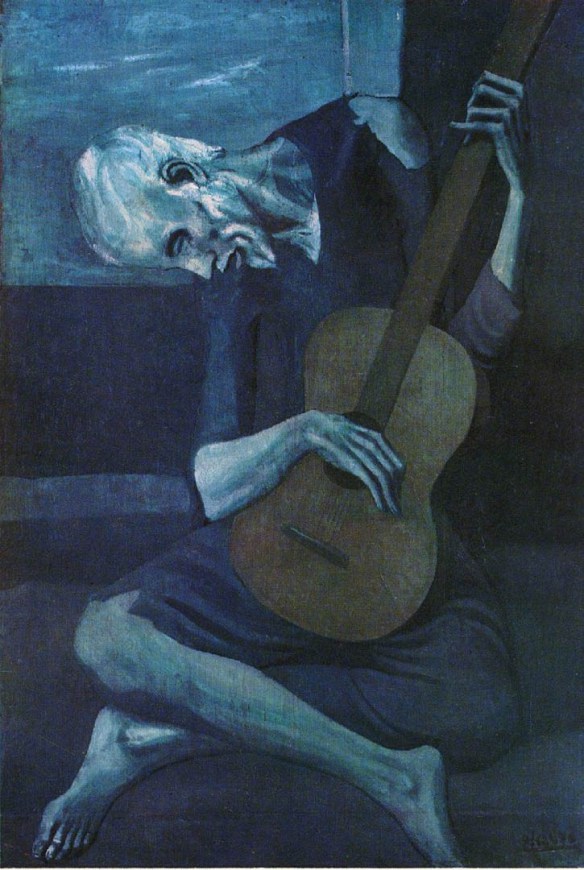

"The Old Blind Guitar Player," Pablo Picasso, Art Institute of Chicago
A monochromatic color scheme is a one-color color scheme. The color can be neutralized by adding its complement to lower the intensity of the color. Black and white can also be used to darken and lighten the value of the color. It is achieved by using one color or hue, utilizing that colors various tints, tones and shades. Using a monochromatic scheme with multiple textures creates character and maintains unity.
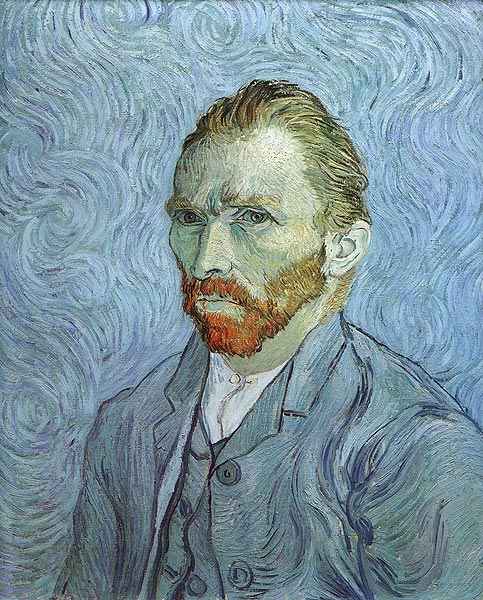

Self portrait, 1889, Vincent Van Gogh, Musée d'Orsay
A complementary color scheme is one that uses colors directly across from each other on the color wheel. In this color scheme any two complements, all the semi-neutrals and the neutral they produce can be used, as well as black and white. Since you can choose from varying colors and hues which can give a bold and dramatic effect, this color scheme is best used for dramatic, strong, or bold statements.
Complementary colors are most popularly used for holidays: Christmas is red and green, Halloween is dark blue (or black) and orange, Mardi Gras is purple and yellow.


"Two Eggplants," Chris Carter
A split complementary color scheme is similar to complementary but instead of just two colors directly opposite on the color wheel, two of the three colors are adjacent to one of the colors that is opposite. More simply, choose one color and use the color on each side of its complement (eg., violet, yellow-orange and yellow-green). Any three adjacent primary, secondary, and tertiary colors can be used, plus the complement of the middle hue. This complement is used subordinately and to produce semi-neutrals of the three colors while maintaining color harmony. Black and white can also be used.
Similar to split complementary but "split" colors are either to the left or right of the complementary color, not on both sides.


"Bicyclist," Deane Nettles
An analogous color scheme is any three adjacent primary, secondary, or tertiary colors on the color wheel. These schemes can be warm or cool. Each can be neutralized by use of its complement, and black and white can be used. Analogous colors "harmonize" well and produce a definite mood to a composition. This can create a very harmonious color scheme.


"Pepper," Deane Nettles
A diadic color scheme is one using two colors that are two colors apart on the color wheel (eg., red and indigo).
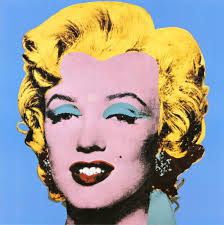

"Marilyn Monroe," Andy Warhol, Museum of Modern Art
A triadic color scheme are colors that are an equal distant from each other on the color wheel. Any three colors equidistant around the color wheel form a triad and can be used in this color scheme (eg., red, yellow and blue). Semi-neutrals are mixed using two of the colors in the triad and the third can be added to further neutralize the pair. Black and white can also be used. This can create a very balanced scheme.
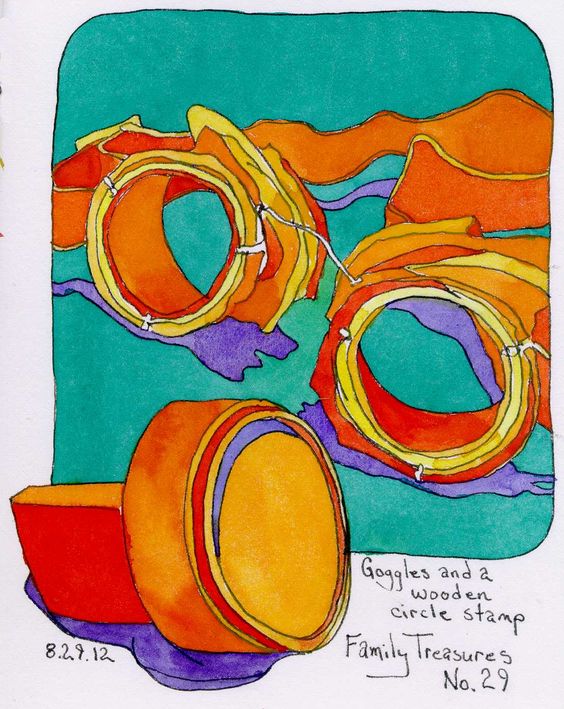

"Family Treasures No. 29, Goggles and Wooden Circle Stamp, August 29, 2012," Chris Carter
A tetradic color scheme is one using four or more colors on the color wheel (eg., green, violet, red and yellow).